Process: Natural Dye
Written by Quinn Hill
Following up our offering from last year with a slightly broader range now including a pair of pants, we’ve just launched our second natural dye collection. So we thought we’d take the time to write about the natural dyes themselves and why we’re using them.
.jpeg?v=0&options=w_400)
.jpeg?v=0&options=w_400)
So you might be wondering: what are natural dyes and how do they differ from chemical dyes? Well, natural dye refers to any dye that has been naturally extracted or sourced. This can include dyes extracted from flowers, berries, bark, wood, food waste, legumes and even some insects. Essentially natural dyes are plant based. Chemical dyes however, are synthesised in a lab. They’re often toxic and while they aren’t meant for human consumption, sometimes people still come into contact with chemical dyes during the process of dyeing clothing which is often done by hand, especially in factories where workers are not taken care of. Fortunately, there’s an alternative! Natural dyes and the ancient techniques used to create and apply them, are home to India. So naturally (no pun intended), we work with artisanal natural dyers in Gurugram, in the north of India. Here you can see them dyeing our violet hoodies.
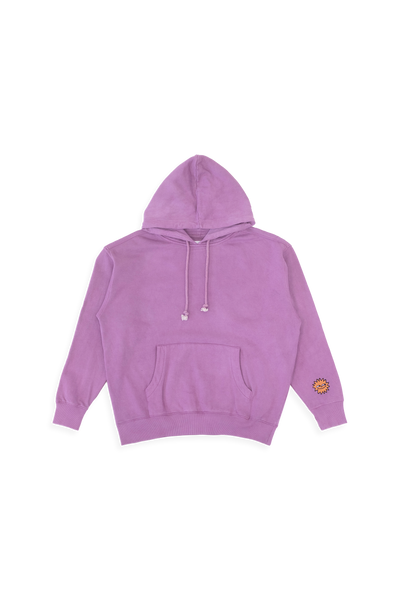
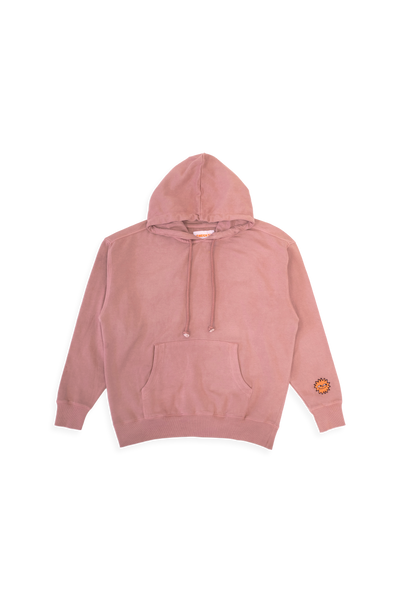
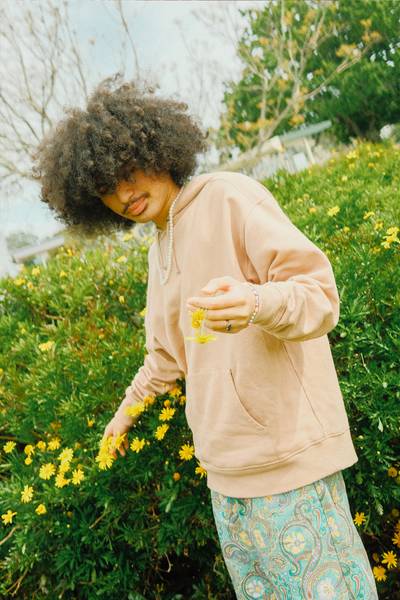
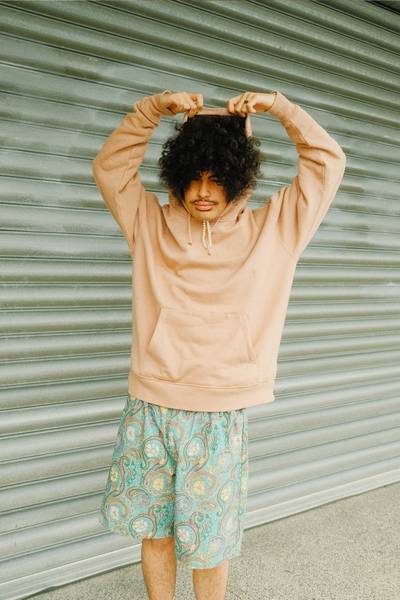
As previously mentioned, there are different plants that can be turned into dyes so we’ve broken down the ones used to dye this collection. For the violet hoodies, a lac dye extract was used. Lac dye is extracted from resin, secreted by lac insects. The female lac insect secretes a resin that coats it’s host tree’s branches. These branches are cut from the tree and the dye extract is separated from the resin. This extract was used to dye the violet hoodies!

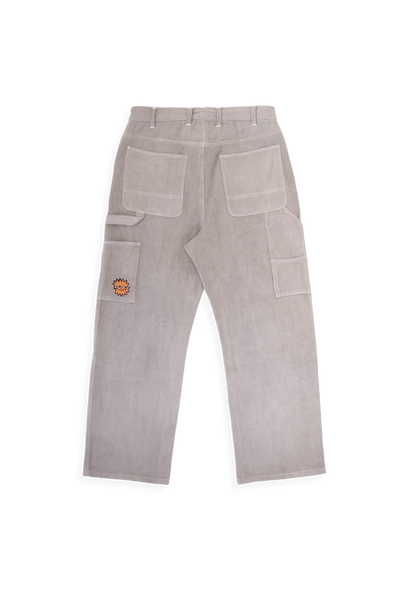
The rose brown hoodies and pants were both dyed with ‘cutch’ or acacia catechu. This dye is extracted from the heartwood of the cutch tree and is very good at holding fast to fabric. In addition to cutch, our dyers also used soda ash, the result being a slightly muddier or earthier colour than the violet hoodies. For the putty pants, myrobalan or terminalia chebula was used. Myrobalan is made by grinding up the nuts of the terminalia chebula tree and it can be used as both a dye and a mordant. In this case it was used as a dye for the putty pants.

In terms of the process itself, it’s relatively simple and really only involves a few key steps. First, the fabric needs to be ready to receive the dye. In order to do this, the fabric must be scoured which is essentially just cleaning the fabric intensely. This isn’t done in a traditional washing machine and will often involve special detergents. Secondly, the dye has to be made. This process will differ plant to plant and dye to dye, but it generally involves boiling the plants in water in order to extract that plant’s dye. Next, a mordant or fixative is added. This is an ingredient that helps the dye stick to the fabric. The word mordant comes from the Latin word “mordere” meaning “to bite.” The idea was that mordants helped the dye “bite” onto the fabric and stay there. Finally, the fabric or clothes themselves are added to the pot or vat of boiling natural dye. Depending on the colours used and the level of vibrancy you’re after, this step can differ. But again, generally the clothes are heated with the dye for an extended period of time and mixed around the pot so that the colours are evenly spread. This is by far the least accurate or efficient way to dye clothes but it produces some variations from garment to garment that we love.
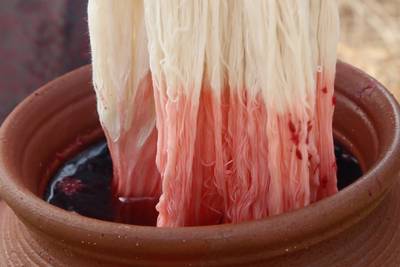
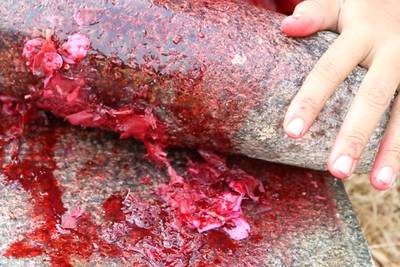
What’s great about using natural dyes in our collections, is that we’re able to support our suppliers' initiative to use them. They’re much more expensive to produce than chemical dyes and they require farmland and labour to grow, harvest and turn the plants into dyes. They also need skilled workers who know how to apply the dyes as they don’t take to fabrics as easily as chemical dyes. In other words, using natural dyes is better for the environment, wildlife, people and ultimately the textile supply chain itself. While we would love to utilise natural dyes for all of our items, this capsule is a small step towards our vision. In the meantime, we will still need to incorporate some ready-made fabric which we can't have as much control over when it comes to the dyeing process. But bit by bit, we plan to expand this type of natural plant-based offering. And with the use of ancient dyeing techniques having somewhat of a renaissance in India, now is the perfect time to work with these skilled people. We’re at a pivotal moment in the fashion industry’s trajectory and supporting these suppliers and their processes is one small way we can help steer the boat in the right direction.